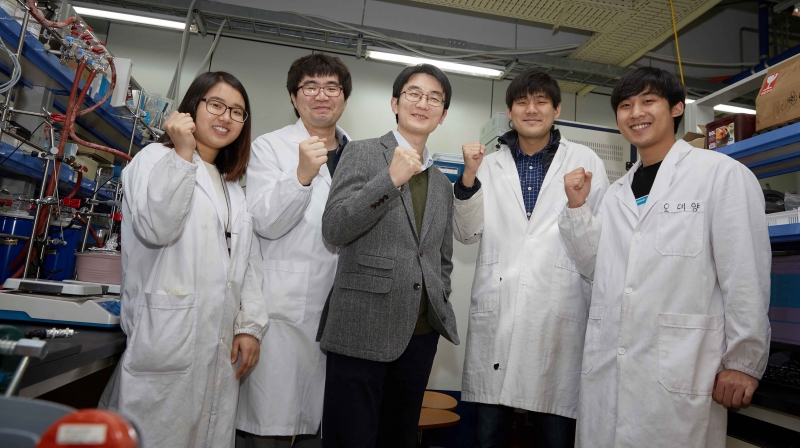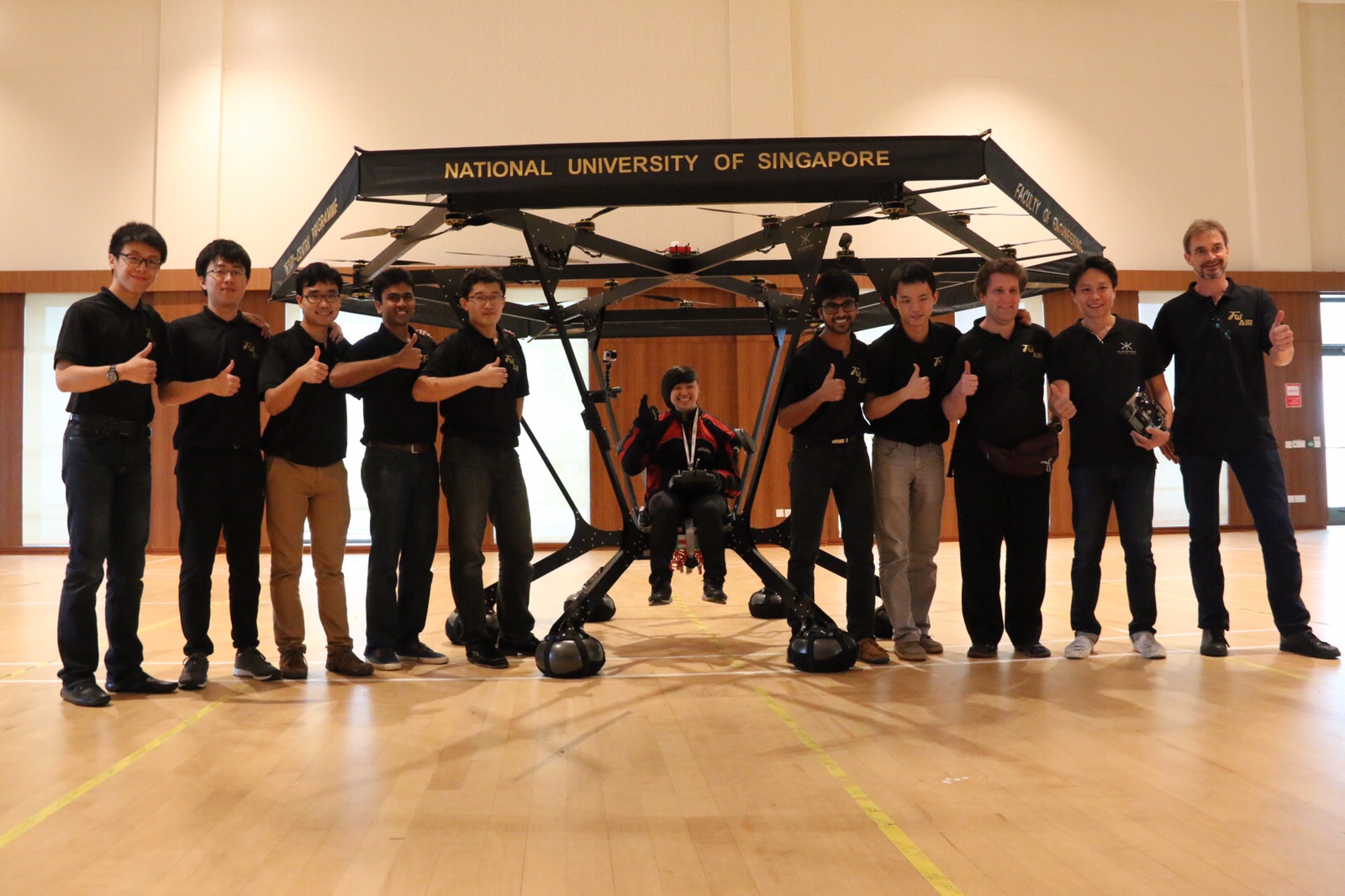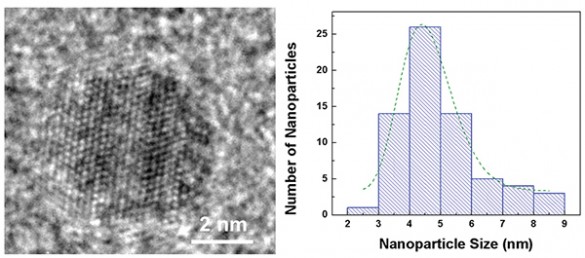Reporting on a new material that doesn’t seem real, a joint research team from Ulsan National Institute of Science and Technology (UNIST) and Seoul National University in Korea says it has developed a “highly-conductive, highly deformable, and dry-air-stable glass electrolyte for solid-state lithium-ion batteries. If those characteristics seem mutually exclusive, the electrical performance helps dispel skepticism. Assisted by colleagues at Lawrence Berkeley National Lab and Brookhaven National Lab, the researchers prepared the electrolyte using a “homogenous methanol solution,” and wetting exposed surfaces of the electrode active materials with the solidified electrolyte. Eureka Alert! quotes Professor Yoon Seok Jung (UNIST, School of Energy and Chemical Engineering) , “The research team also developed a material for the solid electrolyte by adding the iodized lithium (LiI) to the methanol liquid which is the compound (Li4SnS4) based on tin (Sn). The compound’s ionic conductivity was originally low, but it got increased by getting mixed with LiI. Consequently, by combining two materials together, it became possible to …
Pollutants into Clean Energy: Batteries into Solar Cells
Editor’s Note: We will tackle some larger contexts for the blog, including not only the aeronautical uses of clean energy but the social, environmental and even economic implications of sustainable aviation. This item appeals because it demonstrates the possibility of transforming materials otherwise hard to live with into products that enhance life and even give some hope for budget solar cells. Angela Belcher has made battteries from viruses and works with biological solutions to energy production. In this instance, she and her colleagues have shown a path to a sunnier future for all. Her work combining quantum physics and biology in the example below highlights the potential in a true paradigm shift. Another, less exotic but no less exciting instance shows the broad-ranging and inventive minds at work in Dr. Belcher’s laboratory. In use since the Victorian Age, lead-acid batteries are among the most common energy storage devices, even after decades of being challenged by newer technologies. Almost every car has …
A Snowstorm in Singapore
Having worked on a three-week project in Singapore 10 years ago, your editor became accustomed to the daily temperatures approaching 100 degrees Fahrenheit, and evenings at a temperate 80 degrees (which some locals described as a “cold snap”). It makes one wonder where the name “Snowstorm” came from when students at the National University of Singapore worked two semesters to bring their mult-rotor recreational flying vehicle to fruition. An eight-person student team working as “FrogWorks” started with a 1/6th-scale model, then scaled that up to something that could carry and be controlled by a single pilot. FrogWorks is a collaborative effort between NUS Faculty of Engineering’s Design-Centric Program (DCP) and the University Scholars Program (USP). According to NUS, “FrogWorks engages students in the study, design and construction of clean leisure craft, a rapidly growing segment of green technology. Previous FrogWorks projects include the conversion of a sport motorcycle and a yacht from petrol to electric propulsion.” 24 (six more than …
Researchers Strike Battery Fools Gold on Two Continents
Better, Cheaper, Faster. That was the mantra when your editor worked in the semiconductor manufacturing world. Designs, processes and materials were all recalibrated constantly to enable the march toward those three goals. And to some extent, constant repetition helped us achieve the ideal of Moore’s Law, the dictum that computer chips would double the number of transistors they contained every two years. Transistor density in computer chips determines the level of performance they can achieve, and this doubling has yet to reach its end. Unfortunately, batteries haven’t doubled in performance every two years, but seem to follow an annual five-to-eight-percent increase in energy density. This would mean, at best, that energy densities would double every nine years. The Tesla Forum notes this progress would not be continuous, but introduced in steps. Without either party sharing much information on the energy densities of their experimental cells, researchers in America and Switzerland find the “super environmentally friendly” nature of fool’s gold in batteries …
Cambridge’s “Ultimate” Battery? Wait 10 Years and See
Cambridge University researchers claim to have successfully demonstrated how several of the problems impeding the practical development of the so-called “ultimate” battery, in this case a lithium-oxygen unit, could be overcome. They make some pretty impressive claims, saying they’ve developed a working laboratory demonstrator with “very high” energy density – comparable to that of gasoline and with greater than 90-percent efficiency, and the ability to be recharged more than 2,000 times, or 5-1/2 years with a complete cycle and recharge every day. A lithium-oxygen or lithium-air battery of this type would allow an uninterrupted drive between London and Edinburgh on a single charge, about 415 miles, over 100 miles greater than the top mileages promised by Tesla and GM at this point. Researchers add the promise of one-fifth the cost and one-fifth the weight of currently available batteries – a touchstone for electric aircraft designers, and close to the goals U. S. Energy Secretary Steven Chu asked for three years …
Biggest, Fastest 3D Printed Airplane So Far
Unveiled at the Dubai Air Show this week, the collaborative effort between Stratasys and Aurora Flight Sciences is the largest and fastest 3D-printed aircraft so far. With a 9-foot wingspan and weighing 30 pounds, the unmanned aerial vehicle is also the first jet aircraft to be made through additive manufacturing. 80 percent by weight was made through the advanced process, the rest consisting of the engine, electronics and tires. Because the airplane was designed in a collaborative computer aided design process, the parts could be printed in Stratasys’ facilities even though they were designed primarily in Aurora’s Virginia headquarters. Besides saving weight, the process saves time, the complete aircraft going from initial idea to first flight in under nine months. Scott Sevcik, aerospace and defense business development manager at Stratasys, and a recent presenter at the ninth annual Electric Aircraft Symposium, says, “Aurora wanted to look at the feasibility of producing a vehicle tailored to unique mission requirements. They identified …
More Powerful, Longer Lasting Perovskites
Perovskites, calcium titanium oxide minerals composed of calcium titanate, with the chemical formula CaTiO, are found in relative abundance throughout the world and have characteristics that make them a plausible candidate for use in solar cells. Initially showing good efficiency at small scales, perovskite solar cells were potentially less expensive to produce than conventional silicon-based units, and could be more efficient, especially as single-layer silicon cells reach their theoretical limit of 30-percent efficiency. Perovskite cells could be configured to respond to different wavelengths of light, stacked on one another, and still be thinner than conventional solar cells. Part of the attraction of perovskites cells has been their rapid increase in efficiency, nearly equaling the best silicon cells in about six years, as opposed to the 35 years needed for silicon cells to increase from 16 percent efficiency to a little over 25. Some factors get in the way, one being that perovskites react badly with moisture. Thus, their life spans are much shorter than the more …
Potassium Graphite Batteries?
The greatest obstacle to discovery is not ignorance – it is the illusion of knowledge. Daniel J. Boorstin Oregon State University researchers in Corvallis, Oregon have worked around an intellectual roadblock they say has kept potassium from serious consideration as a battery material for over eight decades. This could be good news, since potassium is more plentiful and lower cost than lithium, and according to OSU scientists, almost as energetic. Xiulei (David) Ji, the lead author of the study and an assistant professor of chemistry in the College of Science at Oregon State University. points out that potassium-ion batteries haven’t been considered since the Hoover administration. Ji said, “For decades, people have assumed that potassium couldn’t work with graphite or other bulk carbon anodes in a battery. That assumption is incorrect.” Seeing around that conventional wisdom opens new alternatives to the lithium used in electrodes of lithium-ion batteries. Even though Li is highly energetic, potassium comes close and may be …
EAS IX: David Calley’s Innovative Design and Use of Electric Motors
David Calley is member of the CAFE Foundation Advisory Board, with a great deal of technical expertise to offer. His small wind turbine sold over 150,000 units. His patented design for the TrailerTail® increases fuel economy on semi-trucks and trailers by 5.4 percent at 65 miles per hour, according to SAE tests. Last year at EAS VIII, he showed the potential for small motors with incredible torque that could power Sky Taxis. At this year’s EAS IX he described, in depth, the type of motor design he has been developing to power things like his three-wheel electric/pedal-powered commuter vehicle and landing-gear wheels on Sky Taxis and even rocket fuel pumps. He asked the not-too-rhetorical questions, “How high can electric motor power go?” and “Where do these forces come from?” His answers took attendees on a high-level look at electromagnetic and permanent magnet (PM) materials theories. Electric motors rely on interactions between fields to produce power. “Fields” in this case are …
Snow White – an Electric Flying Wing or a Lifting Body?
Klaus Burkhard publishes a wonderful web site and blog on ultralight sailplanes, with special attention to the Banjo sailplane, one of which he owns and flies. His interest in other craft is broad, though, and he recently shared news of a flying wing sailplane that can be electrically powered. Its designer and builder, Dr. Andre’s Chavarria-Krauser explains: “Schneewittchen (Snow White) is designed to fulfill the requirements of LTF-L, a class of very light airplanes with up to 120 [kilograms] (264 pounds – 10 more than U. S. Part 103 limits) empty weight. The requirements are quiet stringent, including not only the extremely low empty weight, but also a very low stall speed below 55 km/h (corresponds to 30 [knots] or 34 MPH).” The stall speed is still six mph faster than Part 103 rules allow. Snow White’s all-wing configuration suits this class well, according to its builder. Its thick center section, which could be seen as a lifting-body layout, allows lighter spar weight …





